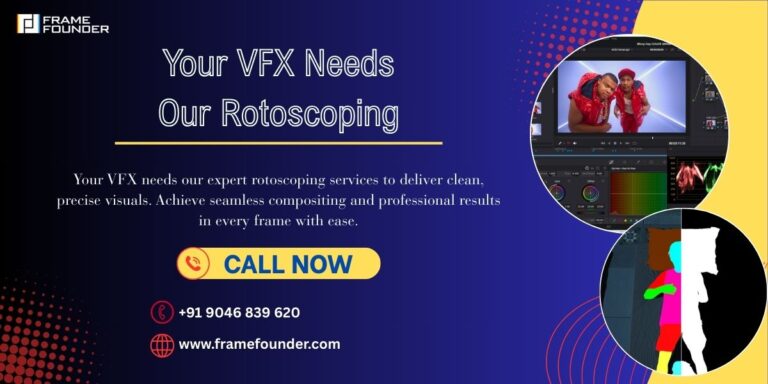
Applying for the EB1A visa is a dream for many professionals with extraordinary abilities. However, the journey toward building a strong profile and submitting a successful petition is complex and filled with potential pitfalls. Whether you’re a researcher, entrepreneur, artist, or athlete, understanding what not to do is just as critical as knowing the right steps to take.
Below are seven common mistakes that applicants often make during the EB1A Profile Building process—mistakes that can seriously impact your chances of approval.
1. Starting Without a Clear Strategy
The biggest mistake in EB1A Profile Building is diving in without a proper roadmap. Many applicants begin collecting documents and accolades randomly, hoping they’ll add up to a strong case. Unfortunately, immigration officers evaluate your achievements against specific regulatory criteria.
Creating a structured plan tailored to the EB1A requirements is essential. Determine early on which of the ten USCIS criteria you’re most likely to fulfill, then align your activities and documentation accordingly. Without a clear strategy, even significant achievements may appear scattered or irrelevant.
2. Underestimating the Importance of Documentation
In the EB1A process, it’s not what you’ve done—it’s what you can prove. A common mistake in EB1A Profile Building is failing to collect robust, verifiable evidence for each claim. Saying you’ve made a major contribution or played a leading role isn’t enough; you need third-party documentation, media coverage, testimonials, and official records to back it up.
Ensure your documents are well-organized, clearly labeled, and translated (if needed). Weak or missing evidence can lead to Requests for Evidence (RFEs) or outright denial, even if your actual qualifications are impressive.
3. Focusing Too Narrowly on One Achievement
While one groundbreaking discovery or accomplishment can be impressive, the EB1A visa evaluates the breadth and depth of your profile. Another major error in EB1A Profile Building is focusing on a single achievement and ignoring other supporting factors.
USCIS prefers a well-rounded application demonstrating consistent excellence across multiple areas. This might include original contributions, media coverage, memberships, judging roles, or leadership in your field. A diversified profile gives your petition resilience and credibility.
4. Neglecting the Importance of National or International Recognition
To qualify for EB1A, you must show that your work has received sustained acclaim at a national or international level. Some applicants make the mistake of presenting only local or minor awards, or assuming that peer recognition in their own country is sufficient.
Instead, aim to include global conferences, international media mentions, or prestigious awards from recognized institutions. Failing to provide credible evidence of recognition beyond a local level may weaken your overall narrative.
5. Overlooking the Role of Professional Judging or Reviewing
Serving as a judge of the work of others in your field is a strong indicator of extraordinary ability. Yet many applicants overlook this important criterion. Whether it’s reviewing academic papers, evaluating grant proposals, or sitting on industry panels, these activities enhance your case.
Not only do they demonstrate your influence, but they also indicate peer trust and leadership. If you’ve ever judged professionally but failed to document it properly, you’re missing a valuable opportunity for profile enhancement.
6. Submitting a Weak Personal Statement or Cover Letter
Your personal statement or petition letter is your voice in the application—it connects the dots between your achievements and the EB1A criteria. A generic or poorly written letter can diminish the impact of your entire petition.
Avoid vague language or unsubstantiated claims. Instead, write a clear, compelling narrative that explains how your work meets specific EB1A requirements. Use strong transitions, specific examples, and professional language. Remember, your petition should make it easy for the officer to say “yes.”
7. Failing to Update or Align Online Presence
Your online reputation matters. Immigration officers may search your name to verify your credibility and the extent of your work. A mismatched or outdated online profile can raise red flags. Unfortunately, this is a common oversight in EB1A Profile Building.
Ensure your LinkedIn, Google Scholar, ResearchGate, or personal website reflect your recent work, affiliations, and accomplishments. The digital footprint should support—not contradict—your petition materials. A coherent and professional online presence reinforces your authority in the field.
H2: Final Thoughts
The EB1A visa offers a prestigious pathway to U.S. permanent residency for individuals with extraordinary ability. However, success depends on more than just talent—it requires careful EB1A Profile Building, strategic documentation, and thoughtful presentation.
Avoiding the seven mistakes outlined above can dramatically improve your chances of approval. Focus on clarity, consistency, and evidence-based storytelling, and you’ll be well on your way to a compelling EB1A petition.
By taking the time to properly build your EB1A profile, you’re not just increasing your chances of success—you’re also creating a professional portfolio that reflects the true value of your work on a global stage.




